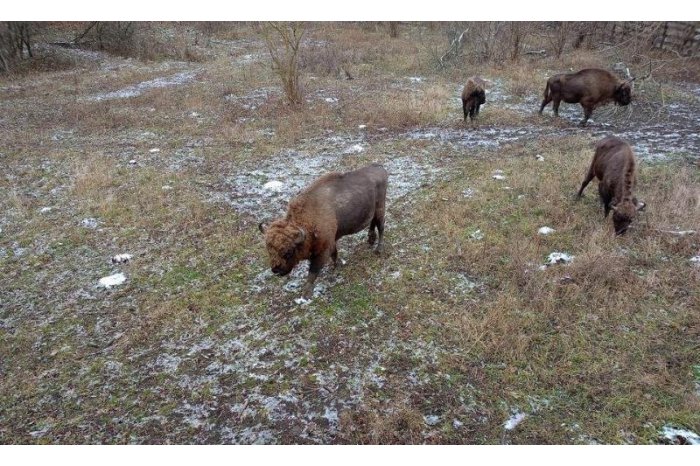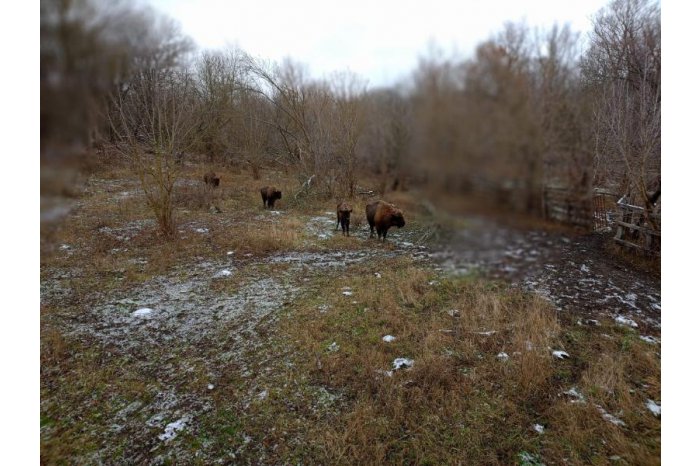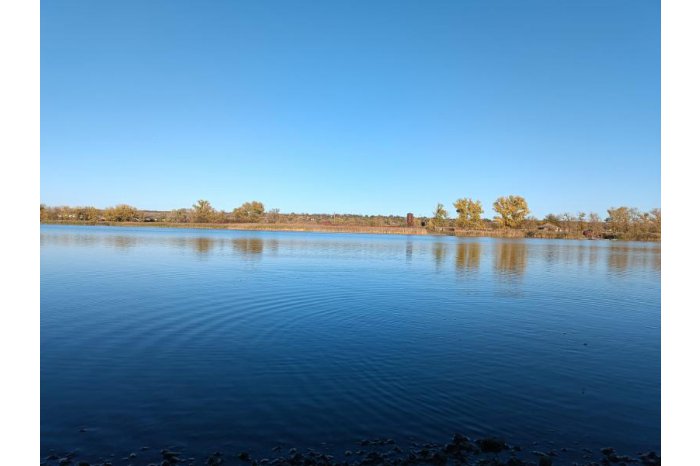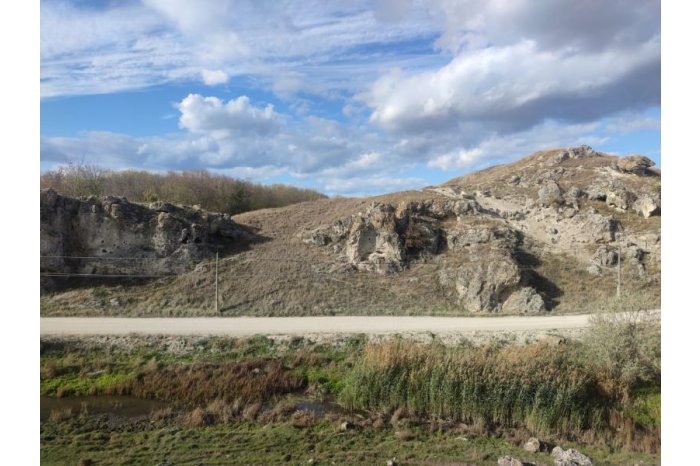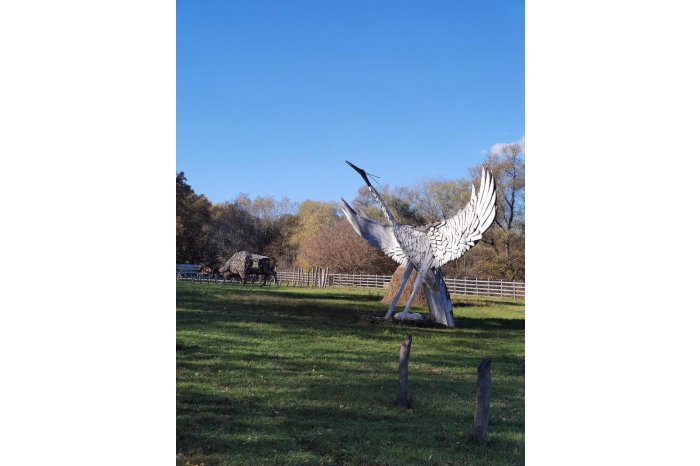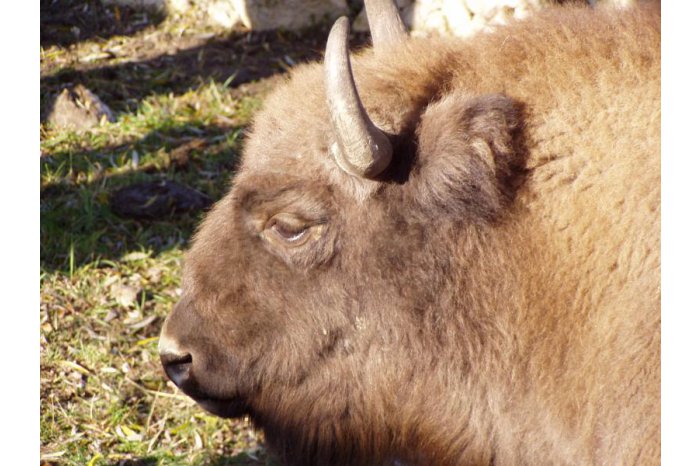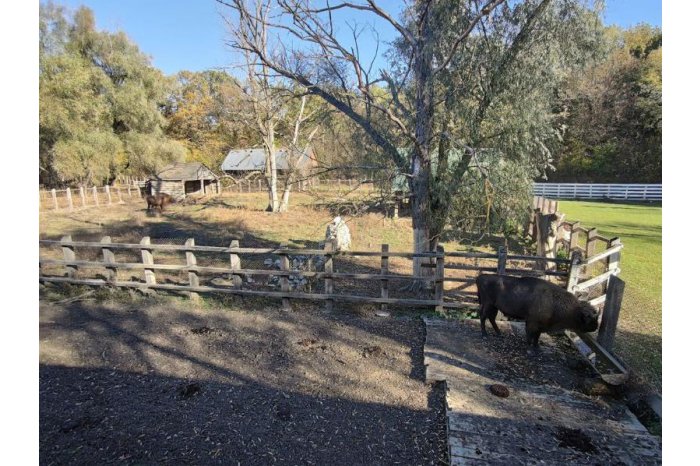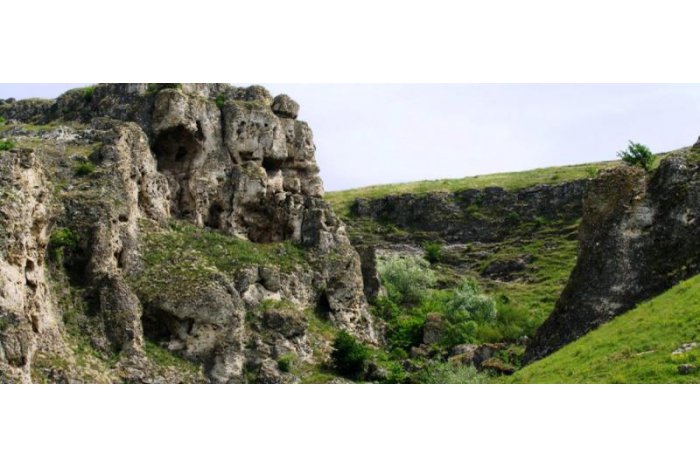Discover Moldova with #MOLDPRES: Princely Forest, eco-tourist pearl embraced by Prut river
17:16 | 18.12.2023 Category: Tourist Moldova
"Pădurea Domnească" (Princely Forest) is the biggest reserve in terms of area from Moldova (5,920 hectares) and includes more tourist attraction points from northern Moldova. Among them, the La Fontal eco-tourist boarding house is a point for tourists’ relaxation. The most important attraction stays the nature reserve where seven bisons grow.
The Princely Forest nature reserve was created on 2 July 1993, under a Moldovan Government’s Decision, in order to preserve the most representative forestry natural complex of meadow and swamps placed in the middle segment of the Prut river, conserve and regenerate the rare species of plants and animals, to improve the ecological state and reestablish the biodiversity of the meadow ecosystems.
Oasis of landscapes and geographical mysteries
From the geo-morphological viewpoint, the area occupied by the forest vegetation of the Princely Forest reserve belongs to the north-western Moldovan Plateau and is placed in the area of the middle flow of the Prut river and its tributary Camenca, from the Braniste village in the north up to Pruteni in the south; to the west up to the Prut river, and to east – to the area of reefs Butesti-Cobani and to the south from the terraces of the Prut river from the eastern neighbourghood of the Viisoara and Pruteni villages.
Presently, the area, according to the geo-morphological peculiarities, is identified with alluvial field of the Middle Prut.
About 5,000 hectares covered with woods
Depending on the degree of flooding and alluvial deposits, four vegetal meadow associations are highlighted: oak groves, poplar groves, areas where willow trees grow and areas where basket osiers grow. The oak groves have an area of 1,471.4 hectares (26%); they grow on the highest places on meadow, at an altitude of 53-60 metres. The areas where willow trees grow have an area of 455.6 hectares. The poplar groves have an area of 1,081.6 hectares. The areas where basket osiers grow occupy small areas in the contact zone of the land space with the waters of the Prut river and appeared on young, sandy soils in wet and quite wet conditions.
It is worth mentioning that the nature reserve’s flora represents a number of 31 species of rare plants, of which 12 species of plants included in the Red Book of Moldova, 19 species of plants with different degrees of endangering, included in the International Union for Conservation of Nature (IUCN) Red List Categories.
The Bison – king of the Princely Forest
The fauna of the Princely Forest Reserve is rich and varied. It is made up of 47 species of mammals, 15 species of reptiles and amphibians and 159 species of birds, of which 21 are introduced in the category of rare species of animals.
The bisons are of major importance in the reserve. Based on an interstate agreement between the leadership of Moldova and Poland, in 2005, a decision was taken to reacclimatize the bison in Moldova. As a result, on 19 August 2005, three bisons were brought to the nature reserve (one male and two females) from two reserves from Poland.
The conditions for the maintaining of bisons were created in line with the Strategy of Conservation of the European Bison of the World Wildlife Fund (WWF), with recommendations of the Zoology Institute of the Academy of Sciences, Ecology Ministry, Veterinary Service of the Agriculture Ministry.
There are five bisons on the area of the nature reserve at present.
Tourism: In a picturesque and heavenly beautiful region
The Princely Forest Reserve, along with the Glodeni district council, in 2008 initiated the tourist route, Pe un picior de plai pe-o gură de rai (In a picturesque and heavenly beautiful region), which is visited by tourists from various countries.
The reserve is annually visited by about 6,000-7,000 tourists, pupils of schools and students of higher education institutions, especially the faculties of geography, biology, forestry, which carry out their practice on the area of the reserve.
The reserve includes objects of unique value from the Middle Prut area, which are introduced in different categories of natural areas protected by the state. It is about the landscape reserve, Suta de Movile (one Hundred Hillocks), the Narrow Pass Cheile Buteştiului; Cobani Coral Reef; Reef Stanca Mare (Big Rock), Colony of Herons Country of Herons; Venerable oak trees.
The landscape reserve, One Hundred Hillocks is a unique phenomenon between the Dniester and Prut rivers. It represents a segment of the routes of the Prut river with an area of over 1,600 hectares, covered with over 3,500 hillocks of various shapes with a height of over 30 metres and a length from dozens to hundreds of metres. The territory between the hillocks is completed by tens of picturesque lakes, springs with crystal clean water. The origin of the hillocks still remains an enigma so far.
Narrow Pass Cheile Buteştiului: O tale in stone of the life on earth, placed nearby the Butesti village on an area of 110 hectares; the Camenca small river dig a picturesque narrow pass through toltres. The biggest toltre is the Giant, with a length of 2,000 metres, a width of 125 metres and a height of 40 metres.
The Big Rock Reef is a fortress of nature. It is placed to the south from the Cobani village, with a length of over 1,000 metres, the width of 100 metres and a relative height of 40 metres. This ‘’fortress’ has been populated by people in the Stone Age.
The Colony of Herons Country of Herons – is a unique colony of swamp birds, which makes nests on oak trees. The colony is nearby the Balatina village. The colony has over 1,000 birds – gray heron, night heron and egret.
Venerable oak trees are one the area of the reserve nearby the Moara Domneasca village. The venerable oak trees grow on an area of 123 hectares and have an age of more than 250 years. One of the oak trees has a record height of over 35 metres. This group of venerable trees shows the history of the nature of this region and the former fame of Moldova’s forests.
Correspondent: Lilia Grubii
